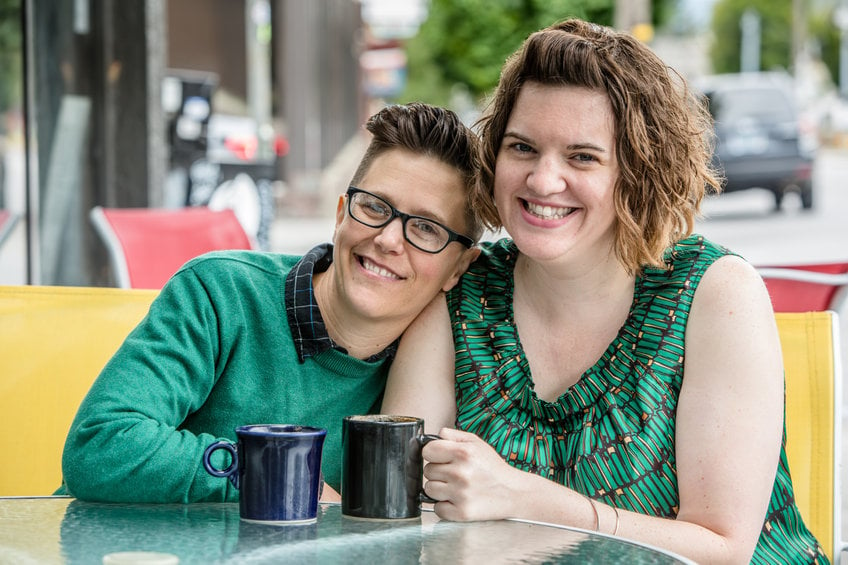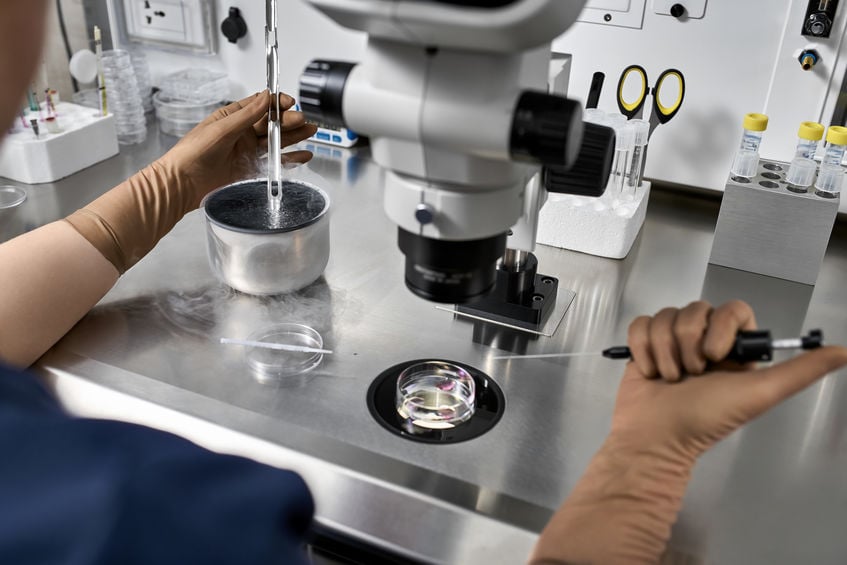IVF Helps Same-Sex Couples Too
In vitro fertilization has transformed the concept of fertility. Combining science and medicine, infertile couples and single women can now start or grow families. The process has opened the realm of possibility for same-sex family building too. The LGBTQ+community can not only benefit from IVF but try fantastic techniques like reciprocal IVF.

What is reciprocal IVF?
The IVF process takes a woman's egg and a man's sperm to create an embryo. The embryo is then manually transferred to the woman's uterus. Reciprocal IVF is perfect for lesbian couples looking for a collaborative approach. First, the fertility clinic takes healthy eggs from one partner. Then, once the embryo is created with donor sperm, the other partner carries the pregnancy to term.
Benefits of reciprocal IVF
With reciprocal IVF, a great advantage is that both parties are involved in the process. Same-sex couples could have infertility, too, as over 12% of American couples struggle to get pregnant. Reciprocal IVF helps one partner with infertility still be part of the process. The process can also help trans men who have frozen eggs or embryos. An essential factor in the process involves genetics. The partner providing the eggs will be genetically linked to the child. On the other hand, the partner carrying the pregnancy will not be genetically linked but is very much the child's mother. The couple must discuss this factor before proceeding.
Reciprocal IVF starts with egg retrieval
The process involves egg retrieval, fertilization, and implantation. A fertility clinic may recommend both parties receive reproductive and health screenings. Once both are good candidates, fertility drugs will help for egg retrieval and implantation. After the designated time, a doctor will retrieve the eggs in a simple, minimally invasive procedure.
Moving to embryo creation
The mature eggs move to the fertility clinic's laboratory so an embryologist can combine the eggs with donor sperm. The sperm can come from a sperm bank or a donor chosen by the couple. Over a few days, the combined sperm forms embryos with the eggs. At this point, the clinic can perform preimplantation genetic testing (PGT) to look for underlying conditions.
From one to another with implantation
The other partner will continue to take fertility drugs to prepare the uterus for implantation. Then, at the appropriate time, the doctor will transfer the selected embryo. Embryo transfer is another minimally invasive procedure, using ultrasound and a catheter. Once the transfer is completed, the couple and doctor will monitor progress for 2 weeks. At this point, a pregnancy test will determine if the transfer was successful.
How successful is reciprocal IVF?
Reciprocal IVF has similar success rates to IVF with a heterosexual couple. On average, IVF success rates can reach as high as 50%. Other factors increase the success rates, including age, health, and previous IVF cycles. With any assisted reproductive technology, there are risks and chances of failure. Speak with the fertility specialist to address any concerns.
Everyone deserves a family
Statistics show that roughly 16% of same-sex couples have families. That figure can only increase thanks to procedures like reciprocal IVF. For a lesbian or trans men couple, the process allows both to contribute in a meaningful way. If the couple chooses to grow the family, the roles can be reversed. As IVF continues to evolve, so will the accessibility and success of same-sex couples.





